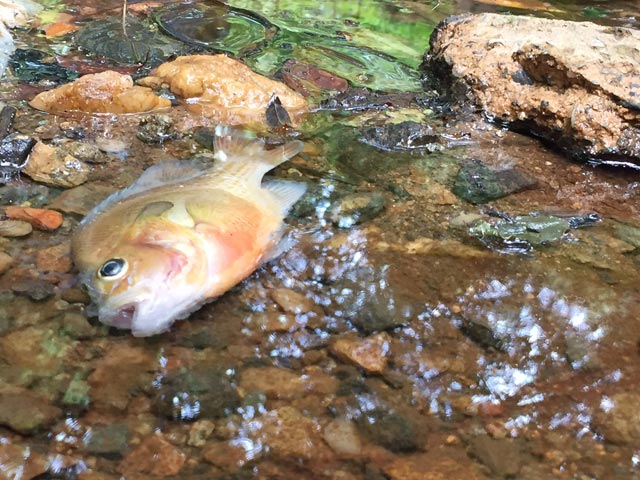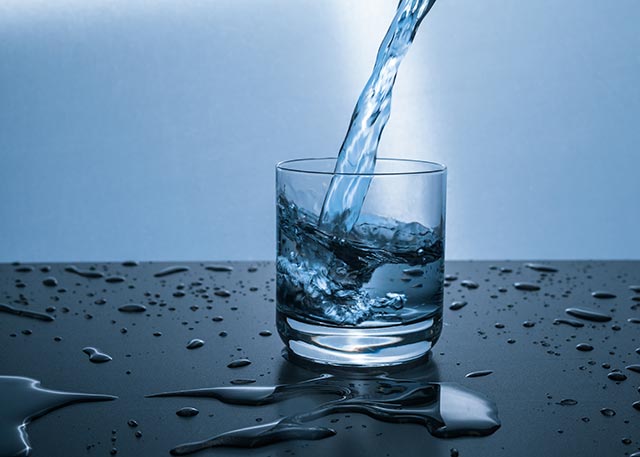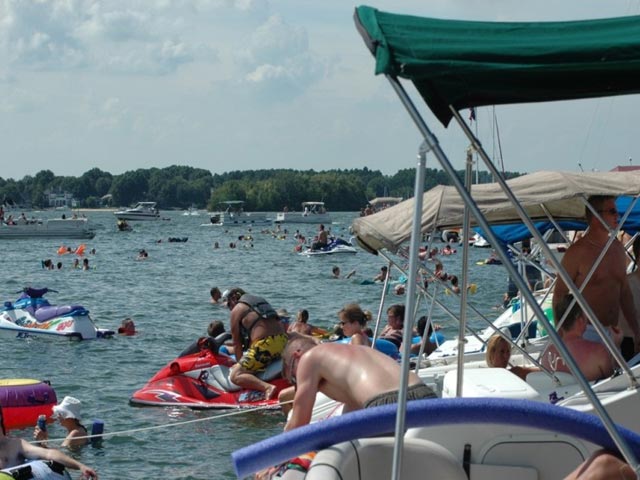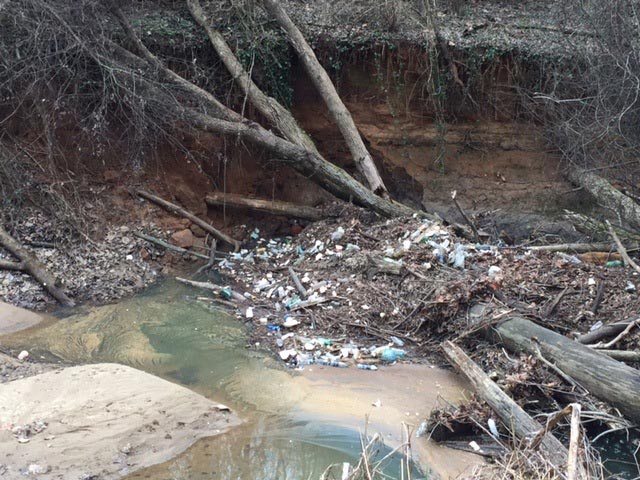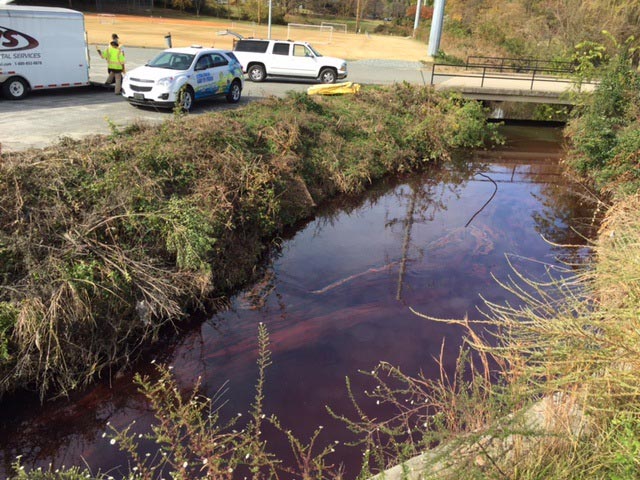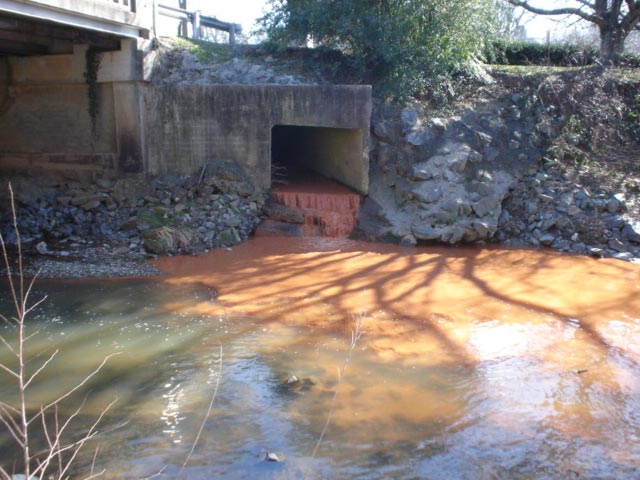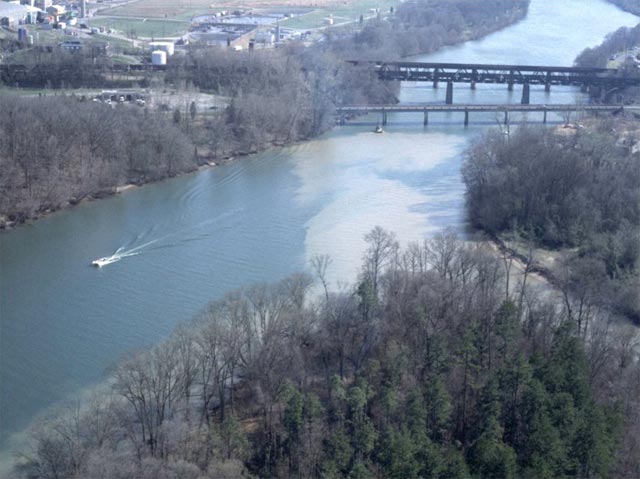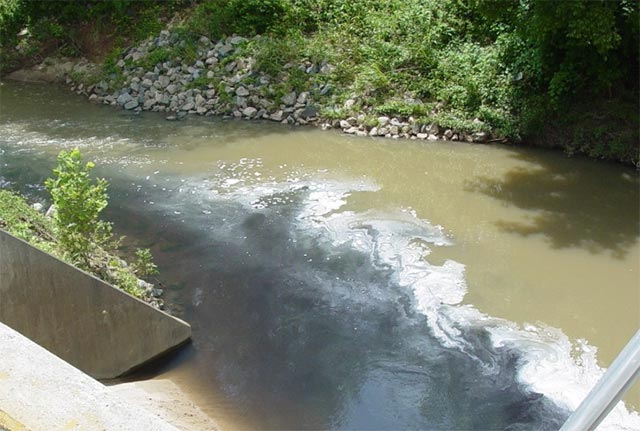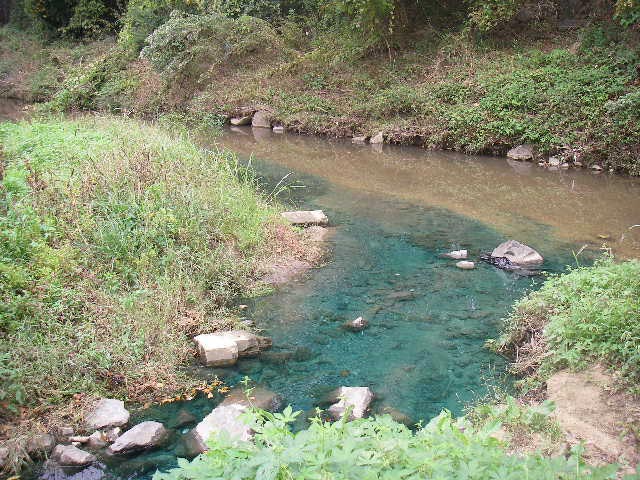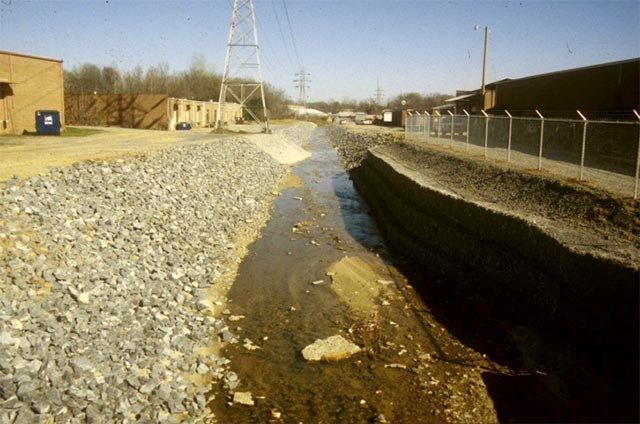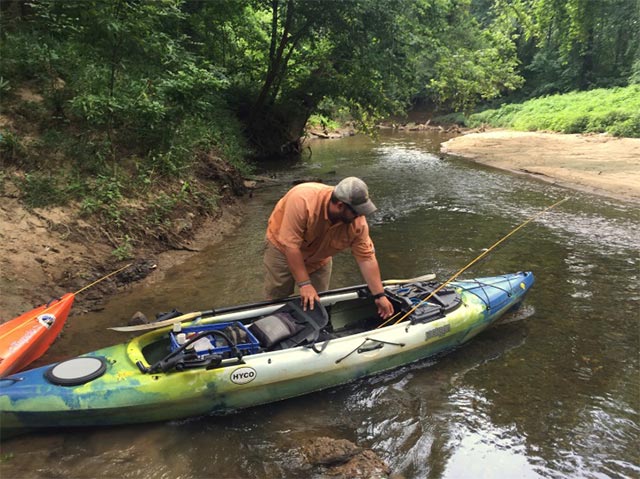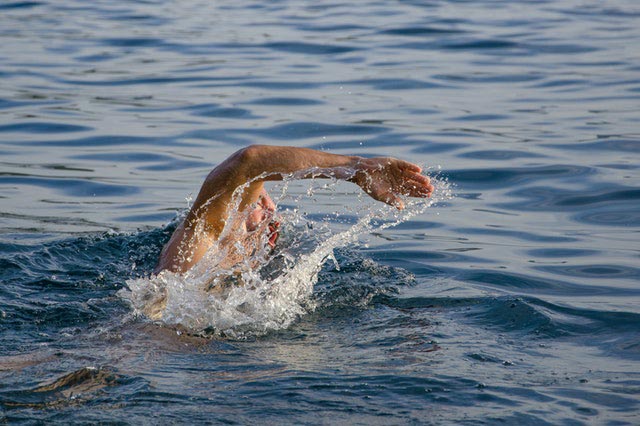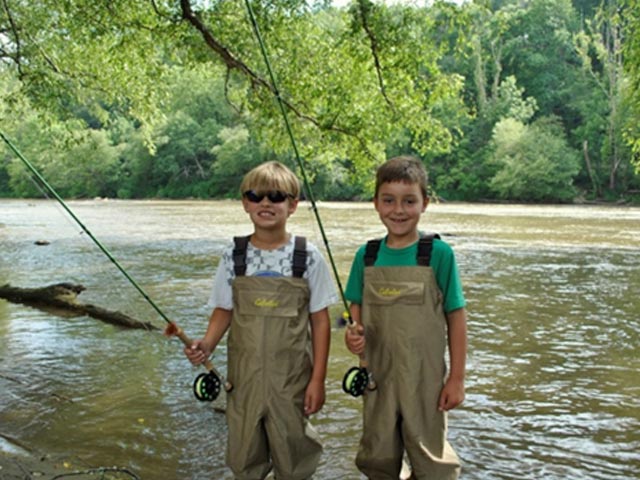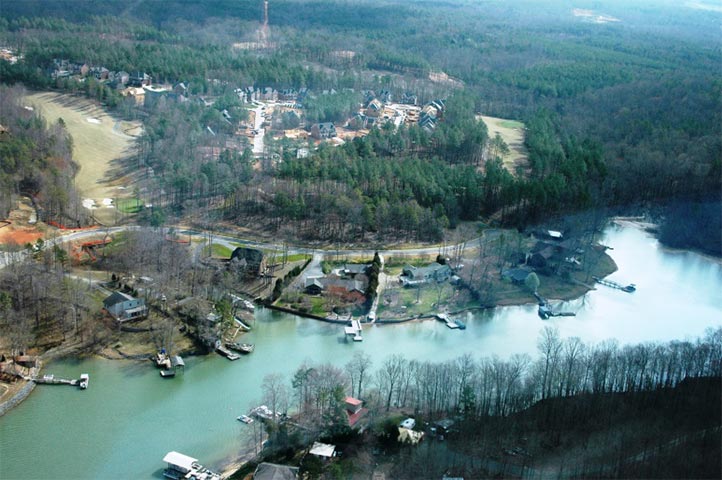Impacts Of Pollution
Stormwater runoff contains all kinds of pollutants which can have many negative impacts on our communities, people, pets, aquatic life, and plants.
Public health risks
Bacterial and viral infections
- Stormwater runoff contains high levels of bacteria and other pollutants that can lead to bacterial and viral infections when people and pets come into contact with the polluted water.
- This is why some swimming areas along lakes and ocean beaches need to be shut down at times.
- Leaking and overflowing untreated sewage can flow directly into waterways and cause people and pets to get sick, even during dry weather, if they come into contact with water contaminated by sewage.
Drinking water contamination
- All of our drinking water comes from natural water bodies like lakes and rivers into which polluted stormwater runoff flows.
- The higher the degree of pollution, the more difficult that water can become to treat in order to be suitable for drinking.
Pollution buildup in fish tissue
- Heavy metals like mercury, lead, copper and zinc and toxins like PCBs (polychlorinated biphenyls) can be present in stormwater runoff and end up in the bodies of fish and other aquatic animals.
- Those pollutants in high enough amounts can create health risks to people who frequently eat contaminated fish.
- There are fish consumption advisories in NC due to concentrations of mercury and PCBs in certain types of fish coming from certain water bodies. Current NC fish consumption advisories can be found here: epi.publichealth.nc.gov
Degradation of waterways and aquatic life
Sediment – While sediment, more commonly known as soil or dirt, is a natural substance, it becomes a pollutant when it gets dislodged from its source and washed into waterways when it rains. The negative impacts are numerous including:
- Burying of aquatic habitat where animals feed, rest and lay eggs.
- Clogging of fish gills.
- Clouding the water, making it difficult for sunlight to penetrate and plants to grow and also for animals to find food.
- Carrying of other pollutants that attach to sediment such as bacteria and nutrients.
Removal of trees and vegetation along waterways (buffers) harms our waterways and the aquatic life in them.
- When shade disappears along with the removal of buffers, water temperature increases and that negatively impacts aquatic life since they are adapted to and thrive better in cooler water.
- Removal of buffers also removes areas where aquatic life live and breed.
Sewage discharges – Untreated sewage from leaks and overflows of sanitary sewer lines has many negative impacts on our waterways including:
- Bacteria eat the organic matter in sewage which uses up oxygen in the waterway. This can result in the death of fish and other aquatic life.
- Sewage provides nutrients which leads to growth of algae and other plants. Excessive algae and plant growth can disrupt the aquatic food chain and the balance of plant and animal species.
- Introducing antibiotics and hormones that come from livestock and humans disrupts the natural processes that take place in the water and also negatively affects the growth and reproduction of aquatic animals.
Petroleum discharges and spills – Gas, oil and other petroleum materials are poisonous to aquatic plants and animals and waterfowl, sometimes resulting in their death.
Heavy metals can kill aquatic organisms.
- Heavy metals like cadmium, mercury, and lead are absorbed by fish and other aquatic life which negatively affects their activity, growth, body processes, and reproduction.
- In high enough concentrations, some heavy metals can kill aquatic organisms.
Fertilizers can negatively impact water quality.
- Fertilizers can negatively impact water quality when too much of it enters our waterways in stormwater runoff.
- Nutrients in fertilizers, such as nitrogen and phosphorus, can cause excessive algae and weed growth.
- Besides being unsightly and causing odor problems, too many weeds and algae can deplete the oxygen in water and cause fish and other aquatic life to die. This is most common in the summer when temperatures and sunlight are at their peak.
Pesticides have been linked to the death of many fish and other aquatic life.
- When pesticides are not used according to label instructions or are used in excessive amounts, they can enter waterways in stormwater runoff and harm fish and other aquatic life.
- Organisms at the lower end of the aquatic food chain are very intolerant of pesticides, so when they die off, that impacts the rest of the aquatic food chain.
Yard waste (leaves, grass clippings) can harm aquatic life when disposed of in storm drains.
- While many people may not think of yard waste as a pollutant because it is made up of natural materials, too much of it improperly disposed of into storm drains or surface waters can add too many nutrients and cause unwanted algae to grow.
- As algae decomposes, it uses up oxygen that aquatic life need.
Pollutants in other types of discharges.
- All kinds of products used at households and businesses are used that, when discharged improperly to a storm drain or directly to surface waters, can harm or kill aquatic life.
- These include uncured concrete, chlorinated pool water, paint, and many other materials.
– For instance, concrete has a high pH and can burn (like an acid burn) fish and other animals living in the water.
– Pool water where chlorine concentration has not been lowered can also burn and kill aquatic life.
Economic impacts/quality of life
Fishing
- When the numbers and variety of fish decline due to pollution, fishing isn’t as enjoyable.
- This not only affects fishing enthusiasts, but can greatly affect the local economy.
Other Recreation such as swimming, boating, and wading.
- When the water is polluted, we’re not able to enjoy these water activities, and that impacts our quality of life, economy, and property values to name a few.
Drinking water – We get our drinking water from nearby lakes and rivers.
- Our storm drains discharge into our streams that feed nearby lakes and rivers which in turn supply our drinking water.
- The more we pollute in our towns and cities, the more our drinking water sources become polluted.
- The more our drinking water resources become polluted, the costlier it will be to treat so that it’s clean enough to meet drinking water standards.
Property Values and Poor aesthetics
- Trashy, eroded streams and lakes with poor habitat and poor biological diversity are unsightly and do not attract homeowners.
- Such conditions can cause properties near the waterways to have lower value.
- Property values are enhanced by healthy, picturesque waterways with a wide variety of animals and plants.


